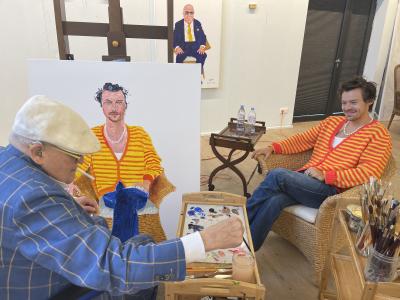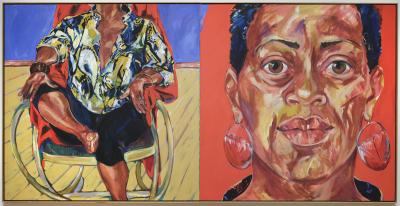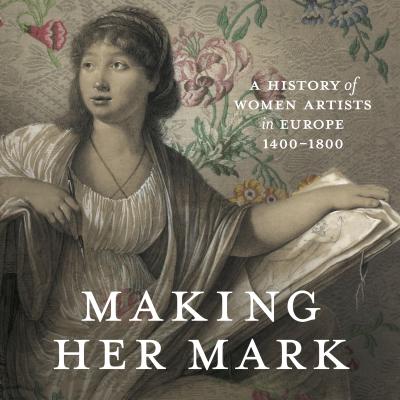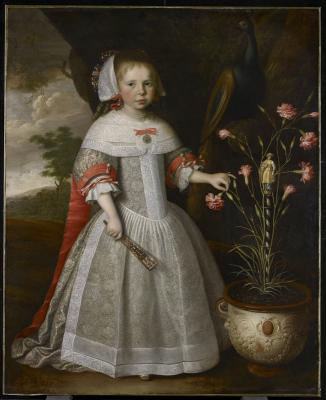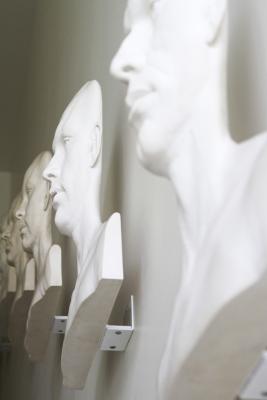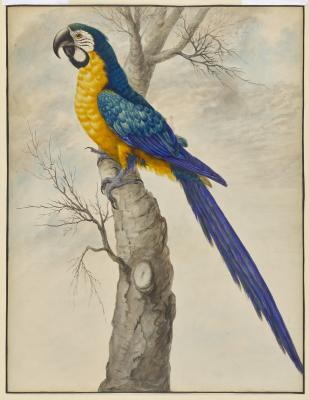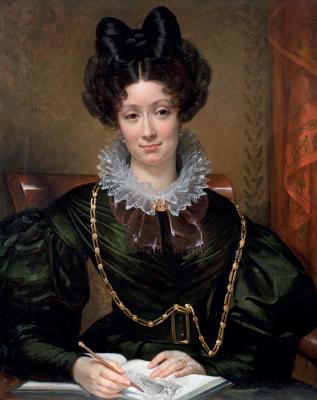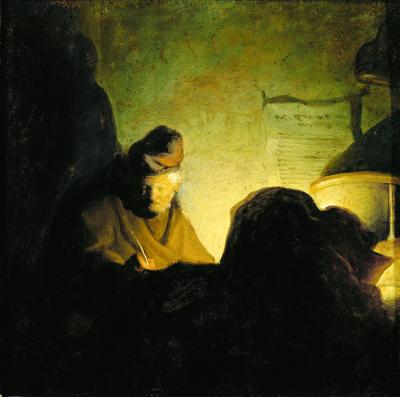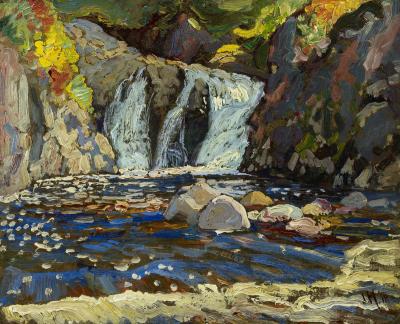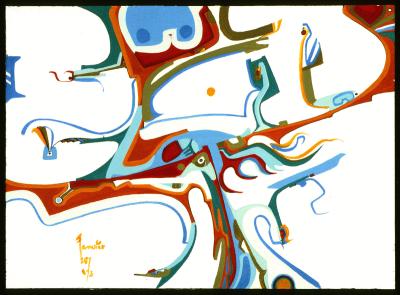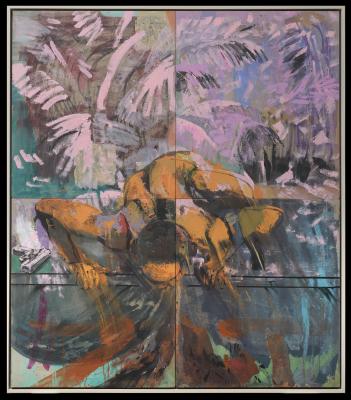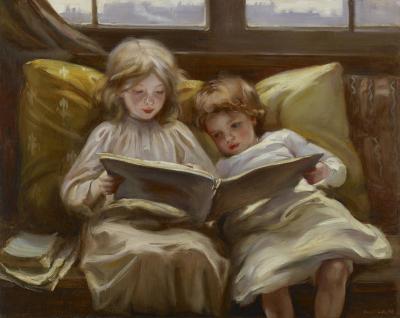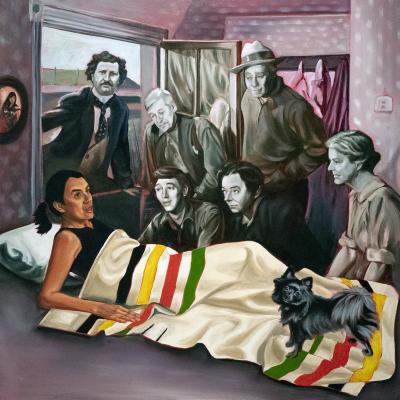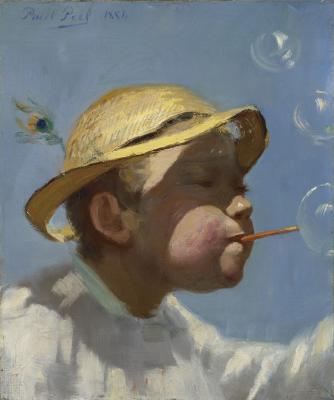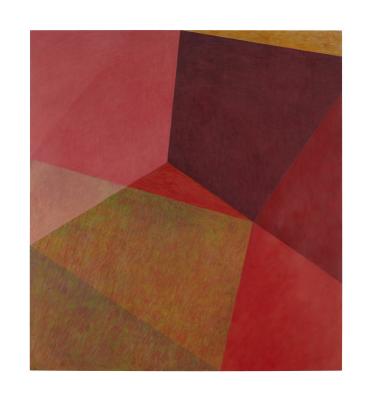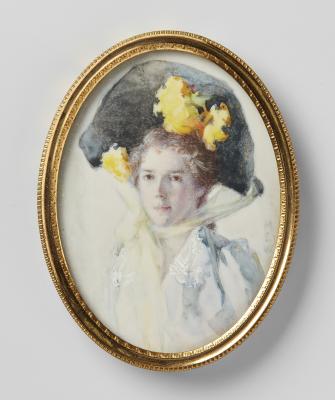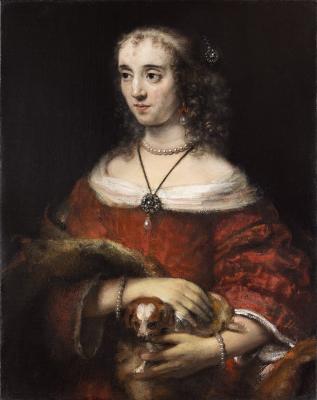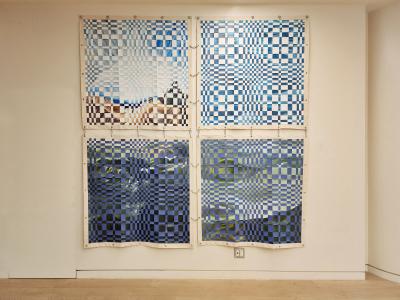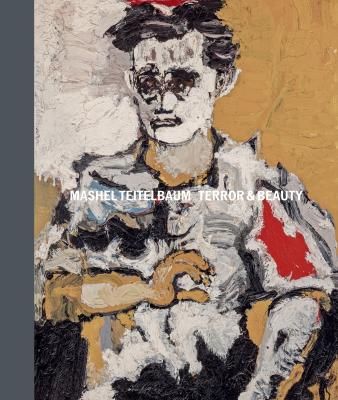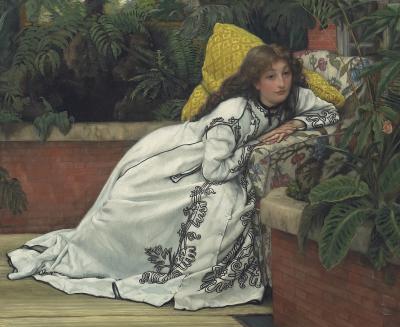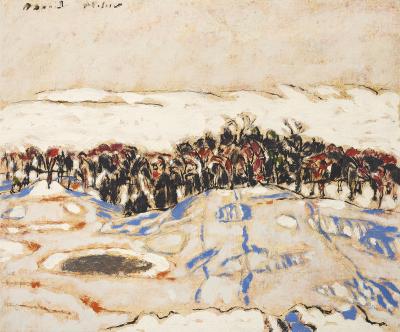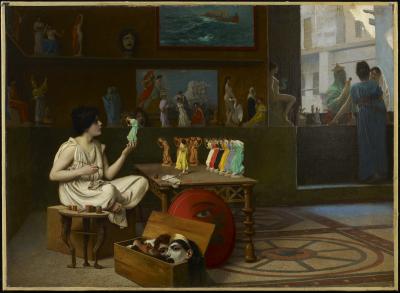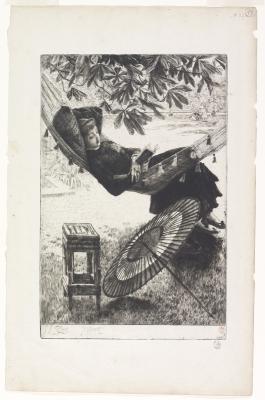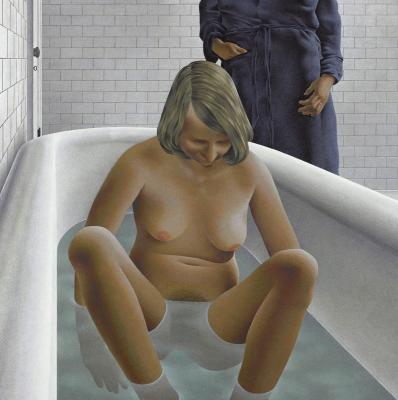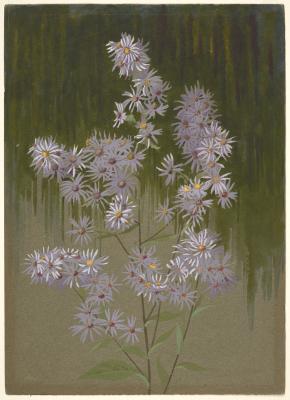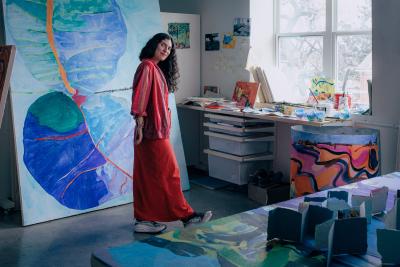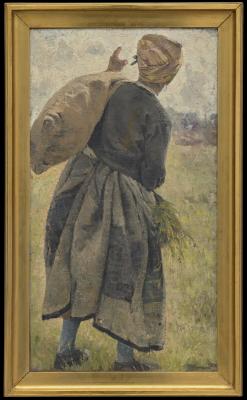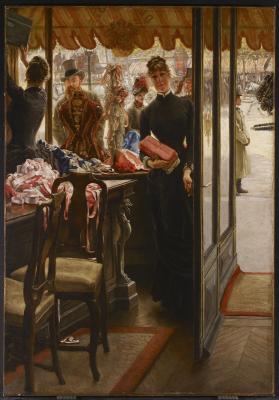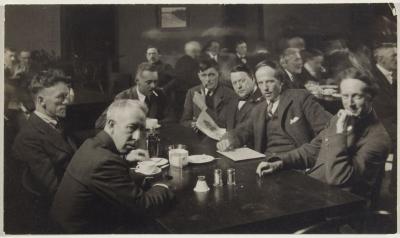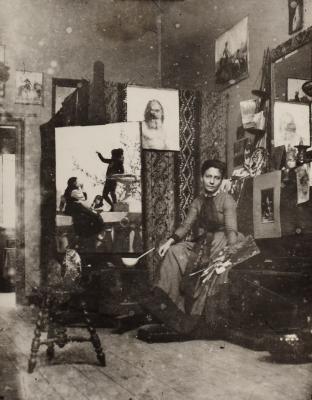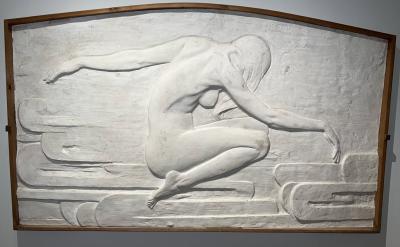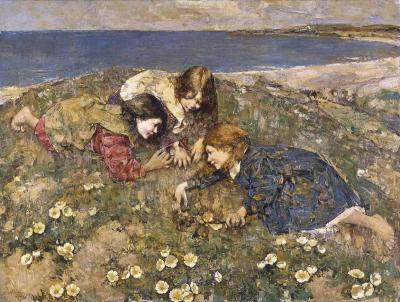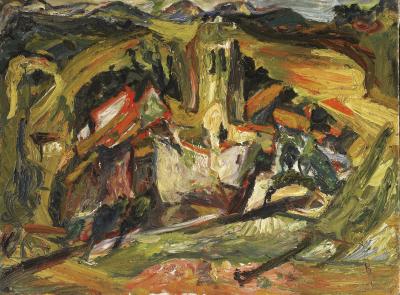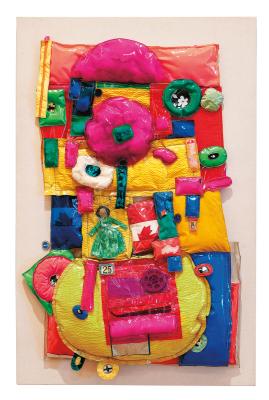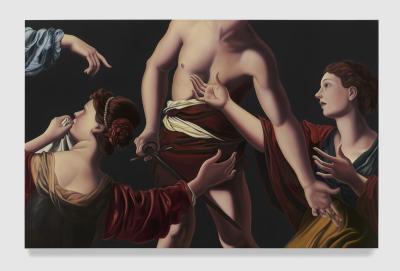
Portrait of a Woman with a Lap Dog
This RBC Art Pick is one of Rembrandt’s most beloved late portraits
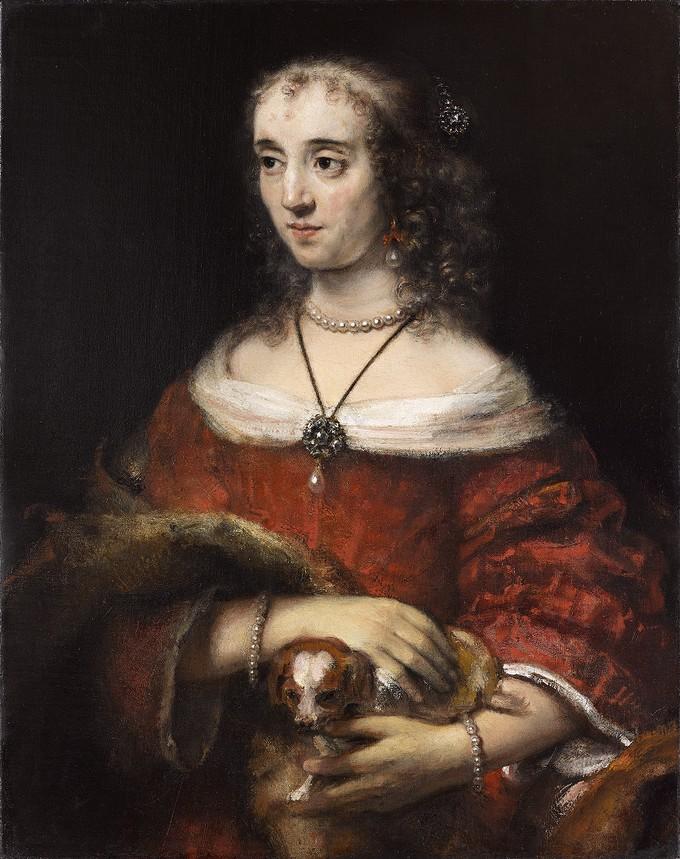
Rembrandt van Rijn. Portrait of a Woman with a Lap Dog, c. 1665. oil on canvas, Overall: 81.3 × 64.1 cm (32 × 25 1/4 in.). Art Gallery of Ontario. Bequest of Frank P. Wood, 1955. © Art Gallery of Ontario 54/30
While many things have changed since the time of Rembrandt van Rijin (1606 – 1669), the companionship between humans and dogs holds strong to this day.
Portrait of a Woman with a Lap Dog (c. 1665) is currently on view as part of the exhibition Painted Presence: Rembrandt and His Peers. This exhibition brings together works from the AGO’s European Collection and the Agnes Etherington Art Centre’s Bader Collection to showcase a selection of Dutch paintings from the 17th century. Including Portrait of a Woman with a Lap Dog from the AGO Collection, there are seven works attributed to Rembrandt on view together for the first time in this exhibition.
Rembrandt was a prolific painter, often regarded as one of the greatest Dutch painters of the 1600s, a time when the Dutch Republic’s art scene rose to fame due to a successful and growing imperial economy. He and his contemporaries were celebrated for paintings that skillfully captured reality. Rembrandt was and continues to be regarded as one of the most sensitive portrait painters of all time.
Portrait of a Woman with a Lap Dog is one of Rembrandt’s most beloved late portraits. The young woman and her companion are posed against a dark, endless background, an example of Rembrandt’s skillful manipulation of light and shadow. He uses thick brushstrokes to paint the pair, who, at first glance, present a sense of comfort and indifference. Upon closer inspection, you can see a contrast between the duo’s demeanours. While the dog is serenely nestled in their owner’s lap, the young woman expresses a sense of alertness and vulnerability.
The mystery sitter’s outfit is quite fashionable for the time: a low-cut red dress, a string of pearls, matching earrings, and possibly the best part of her outfit, her lap dog. Small, docile creatures, lap dogs were very popular pets among aristocratic women. These companions would often appear in portraits alongside their owners, a symbol of status and the ultimate fashion accessory.
The identity of this young woman remains a mystery. It was previously thought that she was Magdalena van Loo, Rembrandt’s daughter-in-law, but it has never been confirmed. The identity of sitters in many of Rembrandt’s portraits are unknown today, including the Man with Arms Akimbo (1658), on loan from the Agnes Etherington Arts Centre and displayed directly next to Portrait of a Woman with a Lap Dog.
“I’ve always loved that although the woman is not looking at the dog, we can tell how much she loves them. She has both her hands and fur wrapped around the dog to keep them warm and cozy There is a real tenderness to this portrait,” Adam Harris Levine, AGO Associate Curator of European Art, said. “This collaboration is such a special opportunity for Torontonians to borrow and live with such special paintings that are usually a long way down Highway 401. We are so grateful to the Agnes Etherington for sharing their remarkable collection.”
See Portrait of a Woman with a Lap Dog in Painted Presence: Rembrandt and His Peers, currently on view on Level 1 of the AGO in the Reuben Wells Leonard Rotunda (Gallery 115). This exhibition is co-curated by Adam Harris Levine, AGO Associate Curator, European Art and Suzanne van de Meerendonk, Bader Curator of European Art, Agnes Etherington Art Centre.
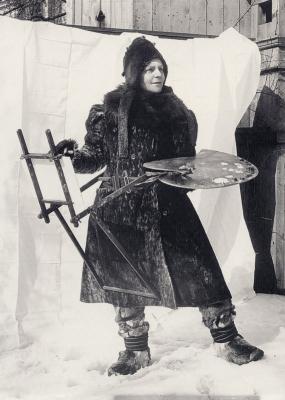
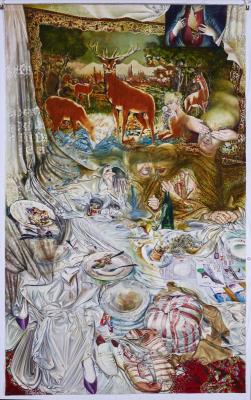


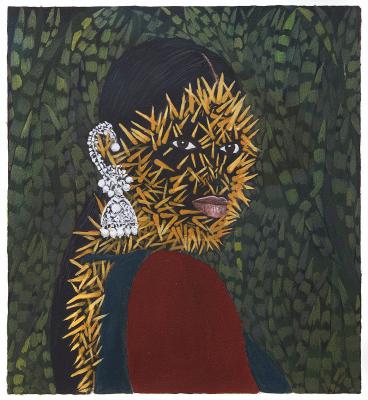

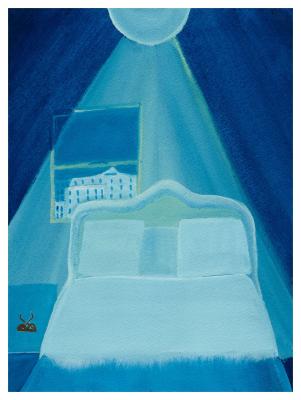

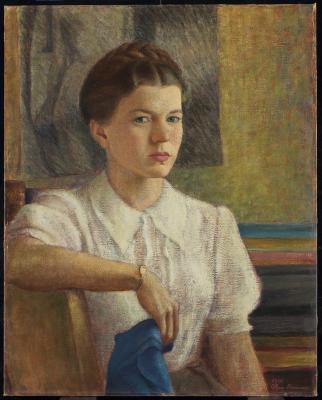
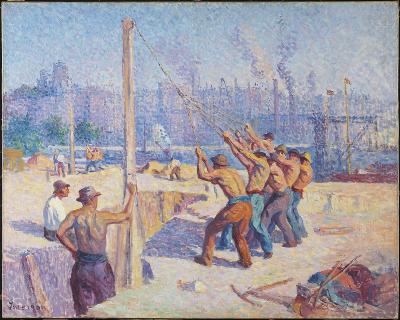


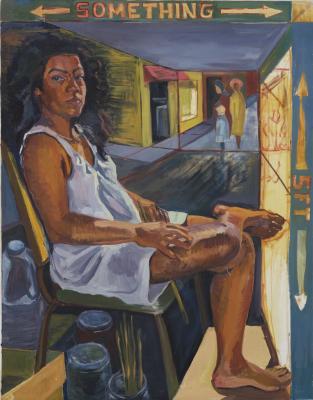



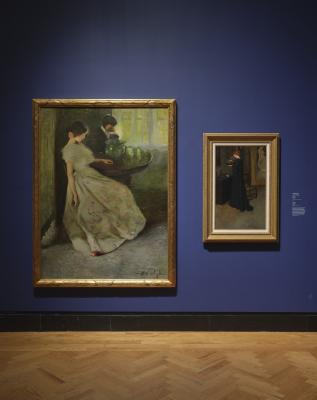
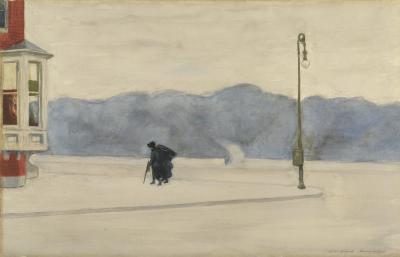


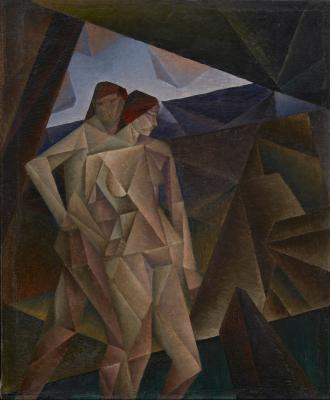
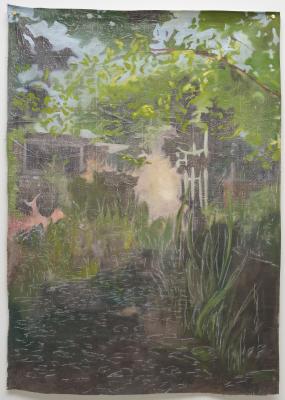
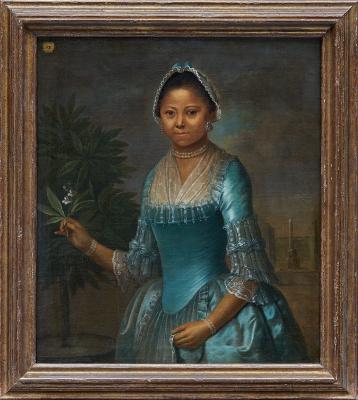
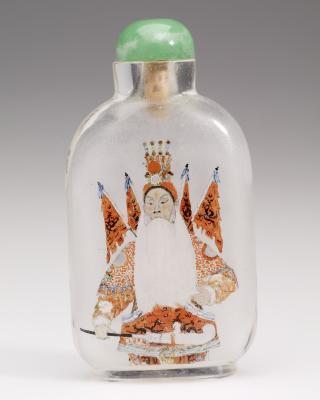
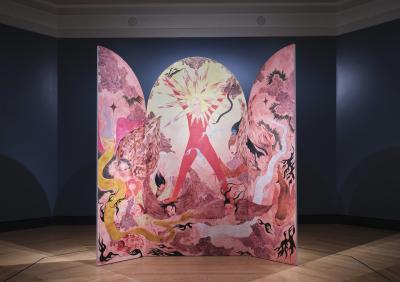
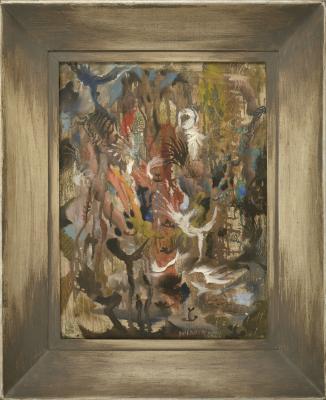
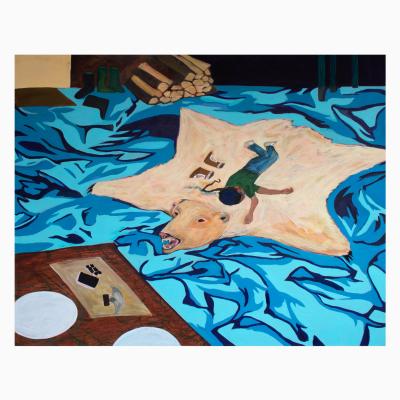
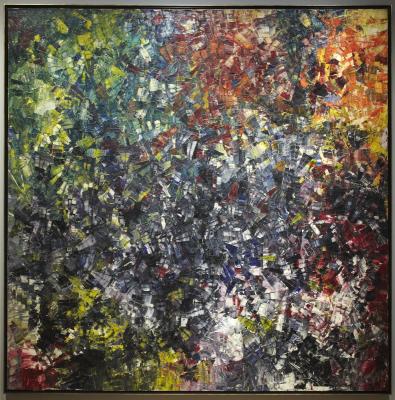

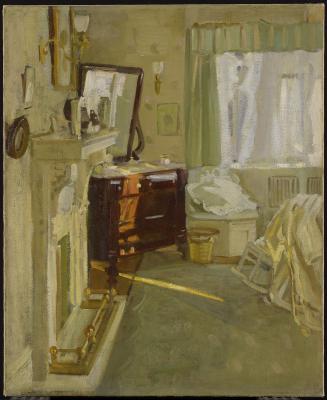


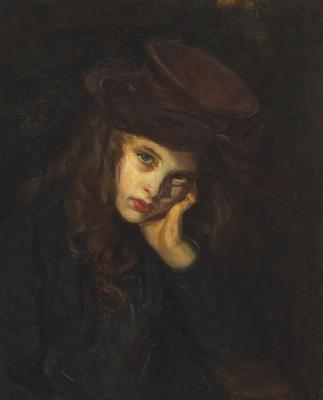
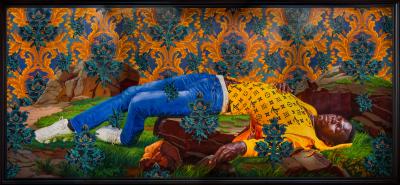
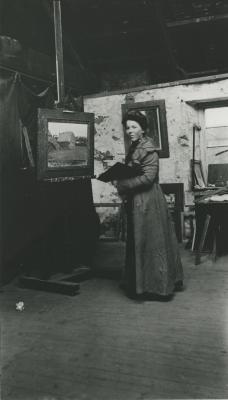
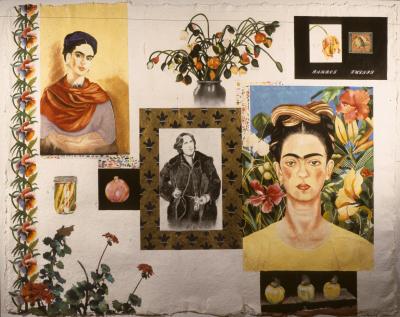


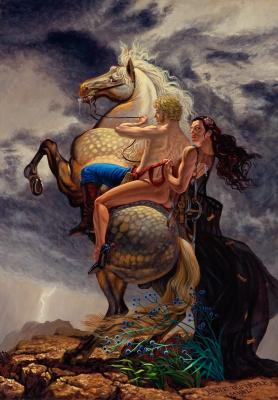
![Keith Haring in a Top Hat [Self-Portrait], (1989)](/sites/default/files/styles/image_small/public/2023-11/KHA-1626_representation_19435_original-Web%20and%20Standard%20PowerPoint.jpg?itok=MJgd2FZP)
